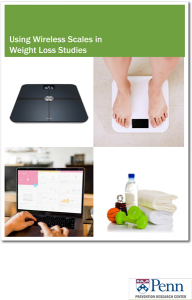 In a JAMA editorial, Kevin Volpp, MD, PhD, discusses whether price transparency helps lower the cost of health care when pricing of services is a choice tool for deciding on a health care plan.
In a JAMA editorial, Kevin Volpp, MD, PhD, discusses whether price transparency helps lower the cost of health care when pricing of services is a choice tool for deciding on a health care plan.
Responding to a new study by Desai et al in the same May 3, 2016 issue of JAMA, Volpp says “there was no evidence that health spending declined in the settings where transparency tools were offered” and suggests consumers might benefit from employers providing context with cost. “(I)n the absence of credible information presented simultaneously on quality, many patients may likely assume that higher price means higher quality.”
Volpp concludes “it is not surprising that price transparency tools that offer patients as consumers information on relative prices fail to lower the rate of spending, given that this information is often offered without accompanying data about quality and for services that would exceed the deductibles of patients. Perhaps by providing meaningful relative information on price and quality and focusing on services with prices lower than a patient’s deductible, such tools could succeed in driving patients to choose higher-value services.”
Dr. Volpp is a UPenn PRC Director and principal investigator, along with founding the Center for Health Incentives and Behavioral Economics (CHIBE).

